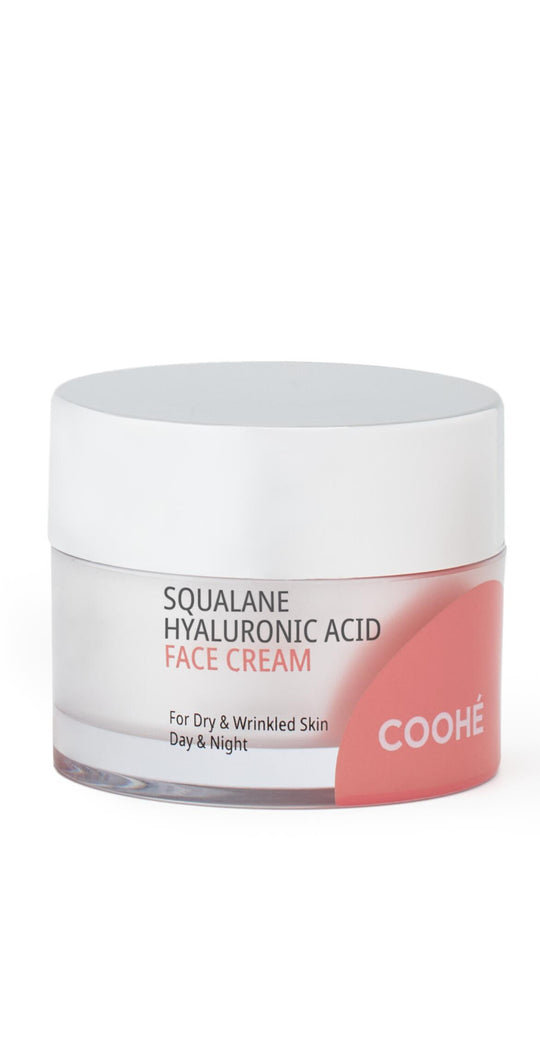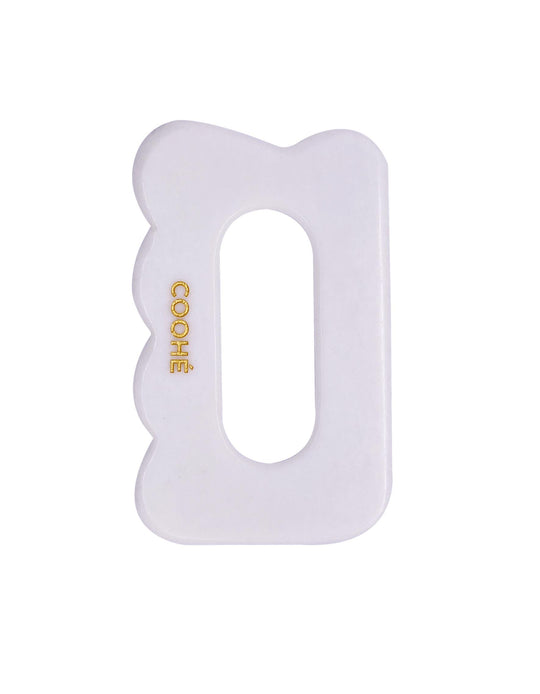Top 10 Tips to Take Care of Combination Skin

Top 10 Tips to Take Care of Combination Skin - Combination skin can be a bit of a puzzle: it’s neither fully oily nor completely dry. Instead, it features a mix of both, typically with an oily T-zone (forehead, nose, and chin) and drier areas on the cheeks and other parts of the face. This duality makes finding the right skincare routine a bit challenging, but with the right approach, you can maintain a healthy, balanced complexion.
Figuring out the best skin care routine for combination skin can feel a bit like you’re going in circles. What happens when your skin decides it’s going to be oily and dry?
There’s no need to worry. It might not be easy, but it’s definitely possible to find a routine that softens dry patches and combats shininess. It doesn’t matter what percentage of your skin is oily and dry, or if your dry and oily patches aren’t in the most common areas — the approach is the same. In this blog, we will read about the top 10 tips to take care of combination skin.

List of Top 10 Tips to Take Care of Combination Skin
Here are the top 10 tips to effectively take care of combination skin:
1. Understand Your Skin Type
Before diving into a skincare routine, it’s crucial to accurately identify your skin type. Combination skin has areas of oiliness and dryness, so focus on recognizing which parts of your face tend to be oily and which are dry. This knowledge will guide you in choosing the right products and creating a balanced routine.
2. Use a Gentle Cleanser
A gentle cleanser is essential for combination skin. Look for a sulfate-free, pH-balanced cleanser that cleans without stripping your skin’s natural moisture. A product with a mild foaming action can help remove excess oil from the T-zone without over-drying the drier areas.
3. Avoid Over-Cleansing
While it might be tempting to wash your face multiple times a day, over-cleansing can strip away essential oils, leading to dryness and irritation. Stick to cleansing twice a day—once in the morning and once before bed. If you need to refresh your skin during the day, use a gentle toner or micellar water.
4. Moisturize Strategically
Combination skin requires a balancing act when it comes to moisturizing. Opt for a lightweight, non-comedogenic moisturizer that hydrates without making the skin greasy. Gel-based or water-based moisturizers are excellent choices, as they provide hydration without adding excess oil.
5. Incorporate Toners
Toners can help balance the skin’s oil production and refine pores. Choose a toner that is alcohol-free and contains soothing ingredients like witch hazel or chamomile. A good toner will help to even out the skin's texture and improve the efficacy of your other skincare products.
6. Use Sunscreen Daily
Sun protection is crucial for all skin types, including combination skin. Opt for a broad-spectrum sunscreen with an SPF of at least 30. Look for formulas that are lightweight and non-greasy, such as gel-based or mineral sunscreens, which can protect your skin without adding extra oil.
7. Exfoliate Regularly but Gently
Exfoliation helps remove dead skin cells and prevent clogged pores, but overdoing it can irritate combination skin. Use a mild exfoliant 2-3 times a week, focusing on areas prone to oiliness and congestion. Avoid harsh scrubs that can exacerbate dryness or irritation.
8. Monitor and Adjust Your Routine Seasonally
Combination skin can change with the seasons, becoming oilier in the summer and drier in the winter. Adjust your skincare routine accordingly by switching to lighter products in warmer months and more hydrating options in colder months. This seasonal adjustment helps maintain balance throughout the year.
9. Be Mindful of Makeup Choices
Choose makeup products that are suitable for combination skin. Opt for non-comedogenic foundations and powders that offer a matte finish to control oil without emphasizing dry patches. Mineral-based makeup can be a good choice for a natural look.
10. Maintain a Healthy Lifestyle
Your skin’s appearance is influenced by your overall health. Maintain a balanced diet rich in fruits, vegetables, and whole grains, and stay hydrated by drinking plenty of water. Regular exercise and adequate sleep also contribute to healthy, balanced skin.
Conclusion
Caring for combination skin requires a thoughtful and balanced approach. By using the right products and adjusting your routine as needed, you can manage both oily and dry areas effectively. Remember to listen to your skin’s needs and make changes based on its unique characteristics. With these tips, you can achieve a healthier, more balanced complexion and enjoy your best skin every day.
Feel free to reach out with any more questions or for personalized skincare advice tailored to your needs! Visit Coohe to explore products for your holistic self-care.
Frequently Asked Questions on Tips for Combination Skin
FAQ: Can I use a cleanser with exfoliating ingredients daily?
Answer: It’s best to avoid daily use of exfoliating cleansers, as they can be too harsh for combination skin. Exfoliating 2-3 times a week is usually sufficient to remove dead skin cells and prevent clogged pores without causing irritation.
FAQ: Can diet affect combination skin?
Answer: Yes, a healthy diet can impact your skin’s condition. Foods rich in antioxidants and omega-3 fatty acids can support skin health and help manage oil production. Conversely, excessive sugar and processed foods can exacerbate skin issues.
FAQ: Can I use a setting spray on combination skin?
Answer: Yes, a setting spray can help keep makeup in place and control oil, but choose one that is formulated for combination or oily skin. Avoid products with high alcohol content, as they can be drying.
FAQ: How do I know when to adjust my skincare routine?
Answer: Pay attention to how your skin feels and looks. If you notice increased oiliness, dryness, or other changes, it may be time to adjust your products. Regularly assessing your skin’s condition can help you make timely adjustments.
FAQ: What type of exfoliants are best for combination skin?
Answer: Chemical exfoliants, such as those containing alpha hydroxy acids (AHAs) or beta hydroxy acids (BHAs), are generally more suitable than physical scrubs. They can gently dissolve dead skin cells without causing irritation.
FAQ: Can I use a sunscreen that doubles as a moisturizer?
Answer: Yes, using a sunscreen that also acts as a moisturizer can simplify your routine. However, make sure it’s suitable for combination skin and does not leave a heavy or greasy residue.
FAQ: How often should I use a toner?
Answer: Using a toner once or twice a day, after cleansing and before moisturizing, is typically effective. Avoid overusing it, as this can lead to dryness or irritation.
FAQ: Should I use different moisturizers for different areas of my face?
Answer: While it’s not necessary to use separate moisturizers, you can apply a lightweight moisturizer to the T-zone and a slightly richer one to drier areas if needed. This approach helps address specific concerns without overwhelming any part of your skin.






















